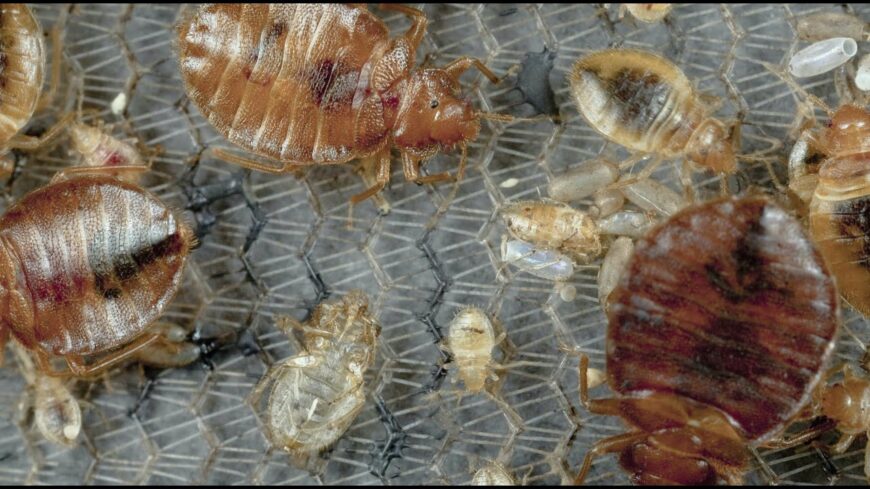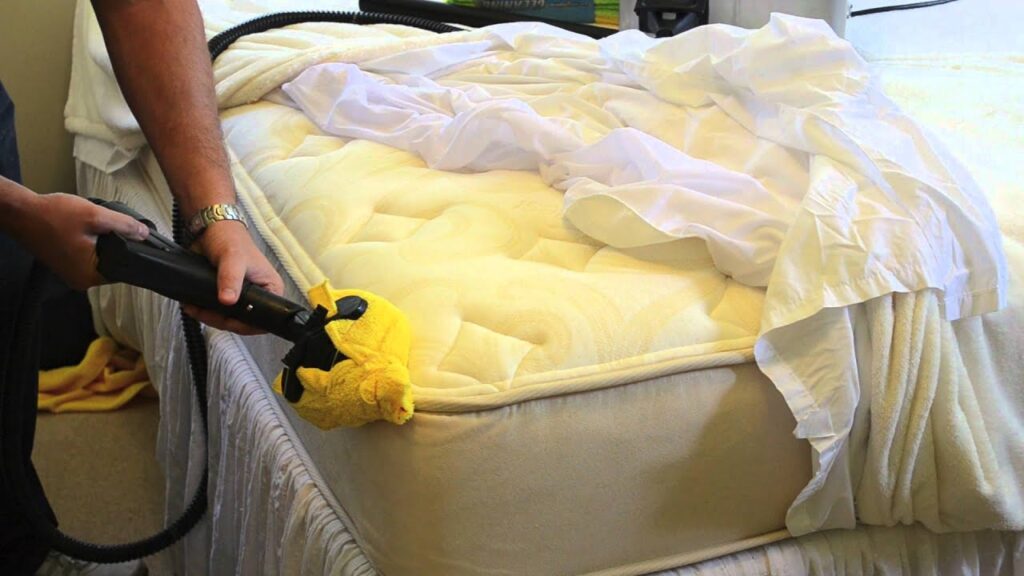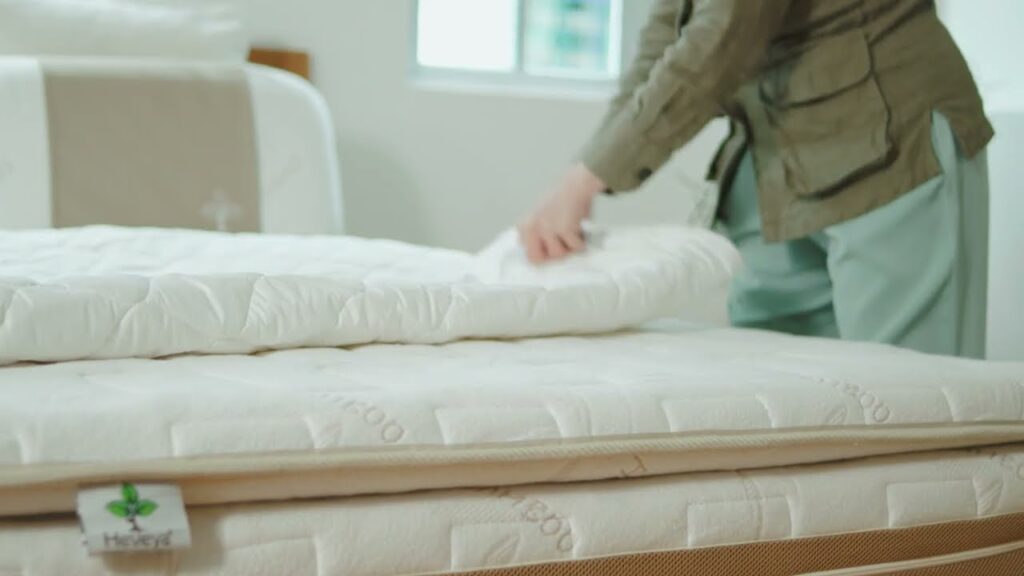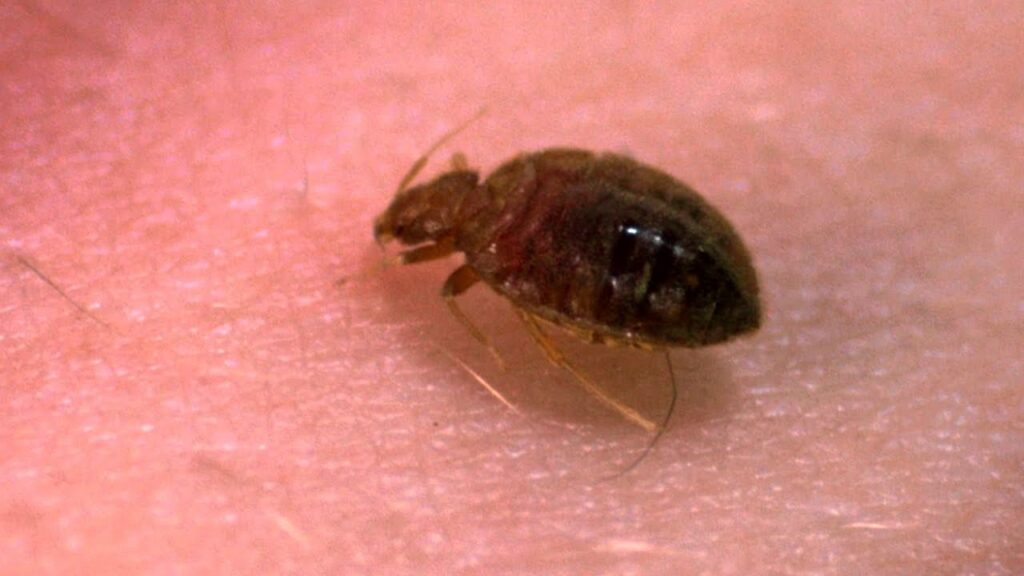If you’re concerned about the presence of bed bugs in your home, you have many options. You can use insecticides or cleaning chemicals. You can also encase your bed frame. In this article, we’ll explain some of the most common methods. In addition to these, you can also use a garbage bag to cover your mattress. However, if you’re unsure about these methods, you can call a pest control company for assistance.
Insecticides
While there are a variety of insecticides for bed bugs, few are safe for indoor use, and many have side effects. These pesticides should be applied only by a professional, as improper application could pose a health risk. The most common insecticides are pyrethroids, but many populations have become resistant to these products. You can also use aerosol treatments, which are mistakenly called fumigation, but are not effective at eliminating bed bugs. These types of insecticides only kill exposed or hidden insects, and can also pose a fire hazard. Ultimately, this is a more expensive, time-consuming, and risky alternative to using an insecticide.
Another method of preventing bed bugs is by using cold pressed neem oil, a biochemical pesticide. This natural product is derived from the seeds of the Neem tree, a tropical evergreen tree native to Southeast Asia and Africa. It contains compounds with insecticidal and medicinal properties, and is often found in shampoos, toothpaste, soaps, and cosmetics. Cold pressed neem oil is very effective against both bed bugs and their eggs.
The most common way to get rid of bed bugs is by hiring a pest control professional. While bed bugs can be treated using insecticides, professionals must maintain a balance between the safety and health of their clients. Public health agencies recommend that professionals not attempt do-it-yourself treatments. However, it is possible to treat a bed bug infestation safely and quickly using a variety of products, including natural insecticides and low-hazard insecticides.
Cleaning second-hand items
Before you buy any second-hand furniture or mattresses, you should consider their history. Even a couch on the street could carry an infestation. Moreover, bedbugs don’t only live in mattresses and furniture. Other pests also lurk in second-hand items. However, bedbugs are among the most common and are responsible for many complaints in recent years. Here are some tips to clean second-hand items and prevent bedbugs from infesting your home.
First, store second-hand items away from your bed by storing them in plastic bags or plastic trash bags. This will trap the bugs while they are hiding in the trunk of these items. You can also try solarizing your new headboard to eliminate the risk of bedbugs. Solarization is a method of keeping second-hand items outside in the sun. Bedbugs are attracted to heat, so solarizing your new headboard will effectively kill them. If you are unsure whether your new headboard has a bed bug infestation, use a flashlight to examine it thoroughly. Afterward, wipe it off with a rag to remove any signs of previous activity. Metal bed frames are less likely to attract bugs than wooden ones. To avoid infestation, always wash and dry second-hand items thoroughly.
Another way to prevent bedbugs is to keep electrical outlets covered. This way, you can easily spot whether they have been infested by pests. Another good way to avoid bedbugs is to clean your clothes thoroughly. Moreover, you should avoid storing used clothing and suitcases on the floor. It is also important to avoid sleeping on used furniture and mattresses, especially in public places. If you want to visit a hotel, it’s important to check the hotel’s reputation for bedbug infestation.
Using a garbage bag
Before you begin trapping bedbugs in your garbage, make sure you use the right type of plastic bag. If you have a heavy infestation, you can use a thick garbage bag. This bag will prevent bugs from escaping and will keep them from breeding in your home. The bag must be sealed tightly. Tying the bag tightly works well. Zip ties are also an effective method for sealing the bag.
The longer you seal the bag, the longer it will remain bedbug-free. However, if you use the wrong bag, you risk spreading the infestation even more. The temperature of a bedbug’s nest is about 65 degrees Fahrenheit or 18 degrees Celsius. Even with the correct temperature, bedbugs will survive and reproduce for up to a year. Regardless, you must keep your garbage bag sealed outside your home.
Another common mistake that many people make is putting things in the freezer. A cold bag can be effective, but bedbugs cannot survive in very cold temperatures. According to Dr. Dini Miller, in one study, she was able to recover five dead bedbugs after placing the bags in the freezer for several months. Cold temperatures do kill bedbugs, but they are not a reliable way to rid your garbage bag of bedbugs.
Encasing your bed frame
Encasing your bed frame is one way to keep bedbugs from infesting your mattress. While some people use terry cloth mattress covers, these can create additional surface areas for mold and bedbugs to hide. Fortunately, there are several effective solutions. Encasement products such as SafeRest Premium Box Spring Encasement are both hypoallergenic and breathable, and can even be used as a protective layer for your bed frame.
In the worst case scenario, a bedbug infestation can result if the female bedbugs are able to find a safe and regular harborage. Mattresses and bed frames are common harborages, but they can also live on nightstands, headboards, and even encasements. Encasing your bed frame will prevent these bugs from feeding and will prevent them from leaving your bed.
Mattress encasements, also known as bug-proof mattresses, can protect your mattress by trapping existing bedbugs inside the cover. Since encasements are flat, bed bugs are unable to feed on them inside. In addition, they will also protect your mattress from stains and keep its clean color. However, encasing your bed frame does not prevent bedbugs from entering other parts of your home, so it is important to use a protective mattress encasement in areas where you may find them.
Heat treatment is the gold standard for removing bedbugs and is one of the most effective ways to prevent them from invading your home. Heat treatment is fast and efficient, and you can treat your entire home in just one day. If you’ve already found bedbugs, you can also try steam cleaning the frames and mattress using a steam cleaner. The only downside of using a steam cleaner is that you will need to leave the encasement intact in order to keep bugs out.
Using an interceptor
An interceptor works by trapping the bedbugs while they sleep. They are attracted to the heat and carbon dioxide that humans produce, making them impossible to live in a room without a human present. Before using an interceptor, be sure to read all instructions carefully. It is important to isolate your bed from the rest of the house. Remove all other items from under your bed, such as pillows or blankets. These items can provide a bridge for the bugs.
You should also check for any new bugs after using an interceptor. You should periodically check the interceptor to remove any bugs that have climbed up the sides. You should wash and dry the affected items and check them for any signs of bugs. You should also inspect your home regularly for bedbugs. Using an interceptor will prevent them from piling up, and will allow you to monitor any infestation in a timely manner.
In the event that an interceptor cannot be placed on your bed, you can make your own interceptor trap from household items. These traps are made of plastic bowls that fit on your bed post. You should clean them regularly, because these bugs can crawl up slippery vertical surfaces. You can also use disposable plastic containers. This is the easiest way to create a bed bug interceptor. Once you have set up the interceptor, you should check it regularly to see whether it has worked effectively.
Using an encasement
Mattress encasements are made to protect mattresses from bed bugs. The toppers should be covered by the encasement and the zipper should be located at the foot of the bed, away from the head. It is important to use a mattress encasement in conjunction with other control methods. The use of insecticides and vacuums can be effective for small infestations. But it is important to use a combination of both methods to get the most effective protection against bed bugs.
An encasement will protect your mattress from bed bugs and dust mites by wrapping it around it. It can also be hypoallergenic. This will help those who have allergies, asthma, or eczema to sleep without worries. A queen-size encasement is 60 by 80 inches in size. A thicker one is even available. An encasement that wraps around a mattress 15 inches thick is an excellent choice for those with a tendency to sleep hot.
Mattress encasements are another good option for preventing bed bugs. It covers the box spring and the mattress and protects against dust, spills, and bodily fluids. They should not be removed once installed. However, fitted sheets should be regularly laundered. An encasement needs to remain in place to prevent the spread of bed bugs. But it is not necessary to replace the fitted sheet if you are using it to prevent bed bugs.




